What is the Big Butterfly count?
The Big Butterfly Count is a citizen science survey which runs for three weeks during the summer in the UK by Butterfly Conservation, a wildlife charity that focusses on butterflies and moths.
The survey was first launched in 2010 and is the world's biggest survey of butterflies.
In 2020, over 111,500 people took part and submitted 145,249 counts of butterflies and day-flying moths.
The data collected during this survey is then used by scientists, and compared to previous surveys, to assess the health of our environment and of our butterfly populations, as well as the impact of climate change and extreme weather events.
“Biodiversity and climate crisis is an urgent issue and it can be overwhelming to think about what we can do as individuals to really make a difference,” says Chris Packham, wildlife broadcaster and vice-president of Butterfly Conservation.
“Because butterflies and moths make excellent indicators of the impacts of climate change and other human environmental factors, collecting data on their numbers is really important. So, something as simple as recording a butterfly spotted in your garden, at your local park or on your window box can play a part in vital research into a global problem. It’s a really valuable contribution everyone can make.”
When is the Big Butterfly Count in 2021?
This year, the start date for the Big Butterfly Count is Friday 16 July, and it finishes on Sunday 8 August.
All the counts can be viewed on the interactive map.
After a poor spring season and the cold and wet weather, it's thought that many butterfly and moth species have been struggling. The numbers of small tortoiseshell, comma, green-veined white, large white and red admiral butteries are all low compared with their ten-year average.
“The Big Butterfly Count, along with our other research work, is already showing us changes in the populations of our butterflies and moths,” says Dr Zoë Randle, senior surveys officer at Butterfly
“Climate change and other human-led impacts are causing some species to be found in new areas, while others are becoming harder to find in the UK at all. An example is the Jersey tiger, a really striking moth that flies during the day as well as at night. These moths have been well-established along the south coast of England but are moving further north and are now found in ever increasing numbers in London. As a result, the Jersey tiger appears on this year’s Big Butterfly Count identification chart for the first time.”
How to take part in the Big Butterfly Count 2021
The Big Butterfly Count is easy to take part in, and can be undertaken by everyone and anywhere, including cities, towns and the countryside.
“We really need the public’s help to understand what is happening to our butterfly and moth populations,” adds Zoe. “It’s a small but crucial thing everyone can do. This information will not only help us to protect these species, but also to inform what effect the changing climate is having on our biodiversity.”
Find a sunny spot and spend 15 minutes counting the butterflies you see. Submit your records online at the Big Butterfly Count website, or via the free Big Butterfly Count app.

There are slightly different methods of recording, depending on if you are counting from a fixed position or during a walk. The Big Butterfly Count website explains the difference:
If you are counting from a fixed position in your garden, count the maximum number of each species that you can see at a single time. For example, if you see three red admirals together on a buddleia bush then record it as 3, but if you only see one at a time then record it as 1 (even if you saw one on several occasions) – this is so that you don’t count the same butterfly more than once.
If you are doing your count on a walk, then simply total up the number of each butterfly species that you see during the 15 minutes.

Butterfly Conservation are also keen to hear if you don't spot any butterflies or moths during the 15 minutes, as this could indicate a wider problem.
Multiple counts can be undertaken for different dates at the same location, and for different places. Counts undertaken during the survey period can be submitted until the end of August.
British butterfly and moth species to spot
The free downloadable butterfly chart from Butterfly Conservation features 20 butterfly and moth species that are the most likely to be spotted whilst taking part in the Count.
Species which are not listed on the identification chart can be submitted via the iRecord Butterflies App.
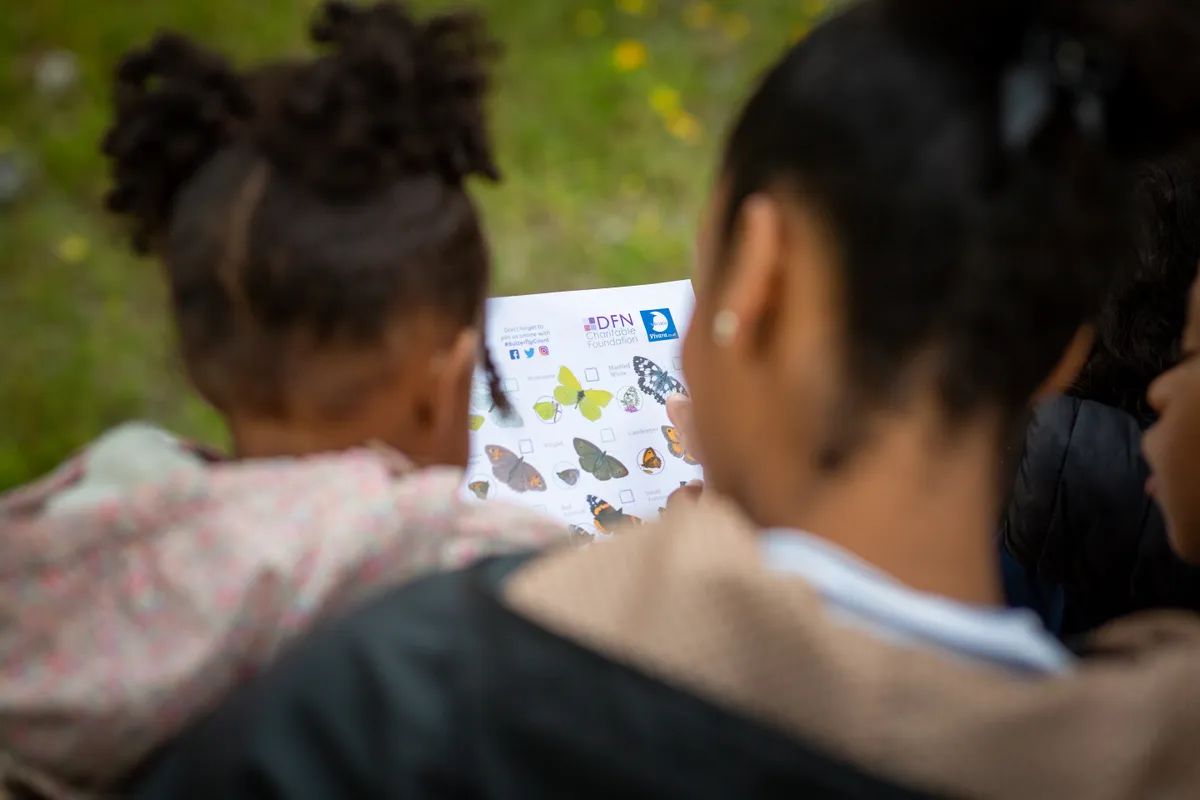
Learn more about identifying insects:
Here are a few of the species you may see:
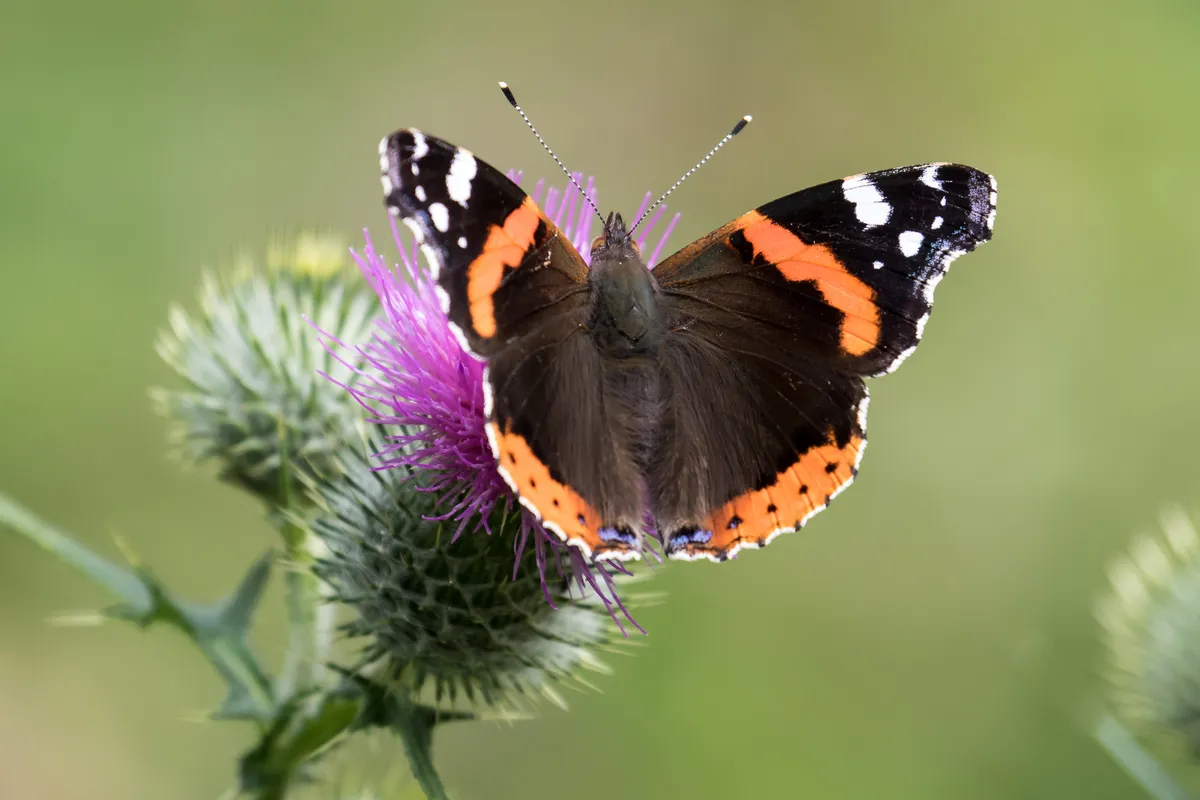
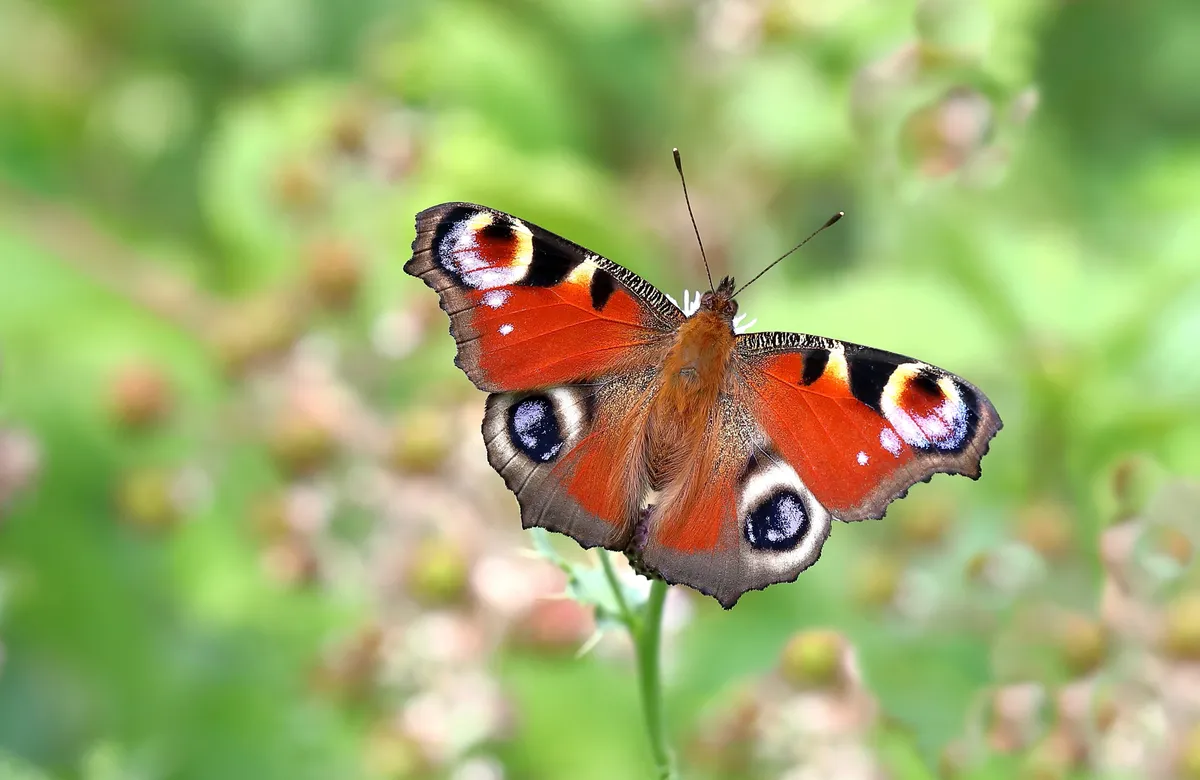
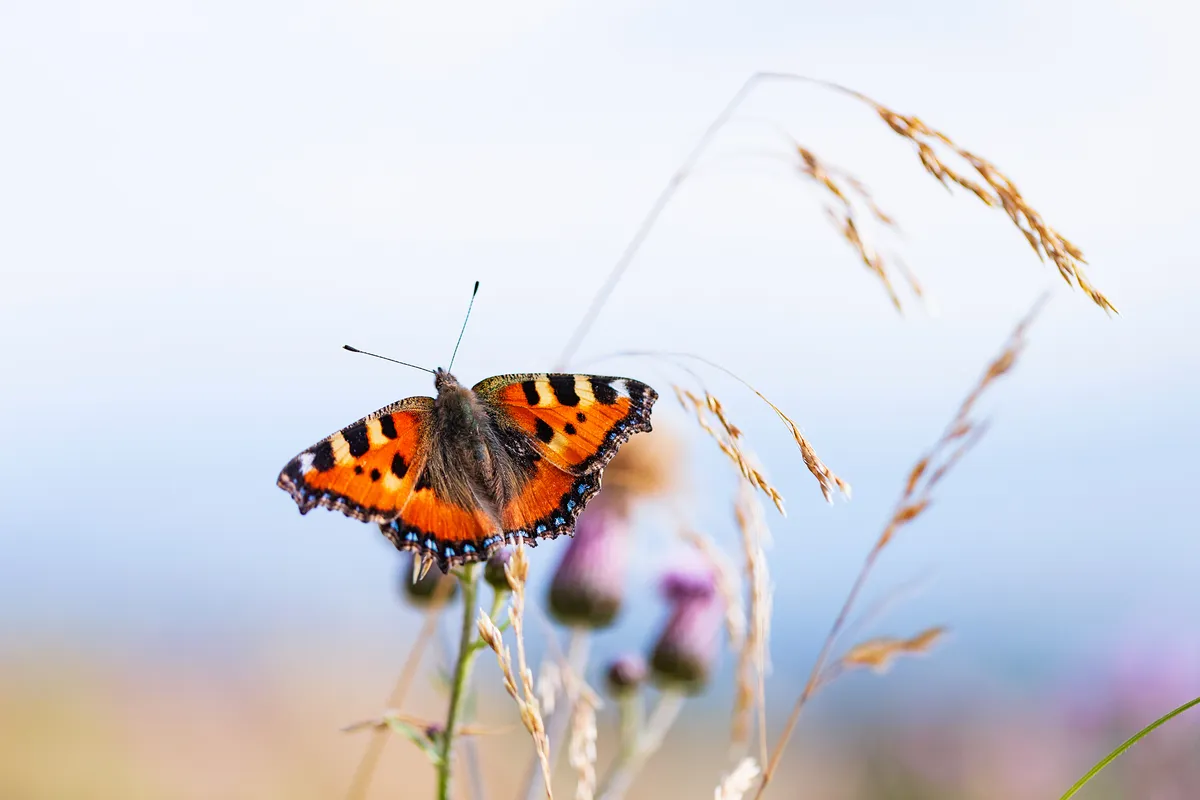
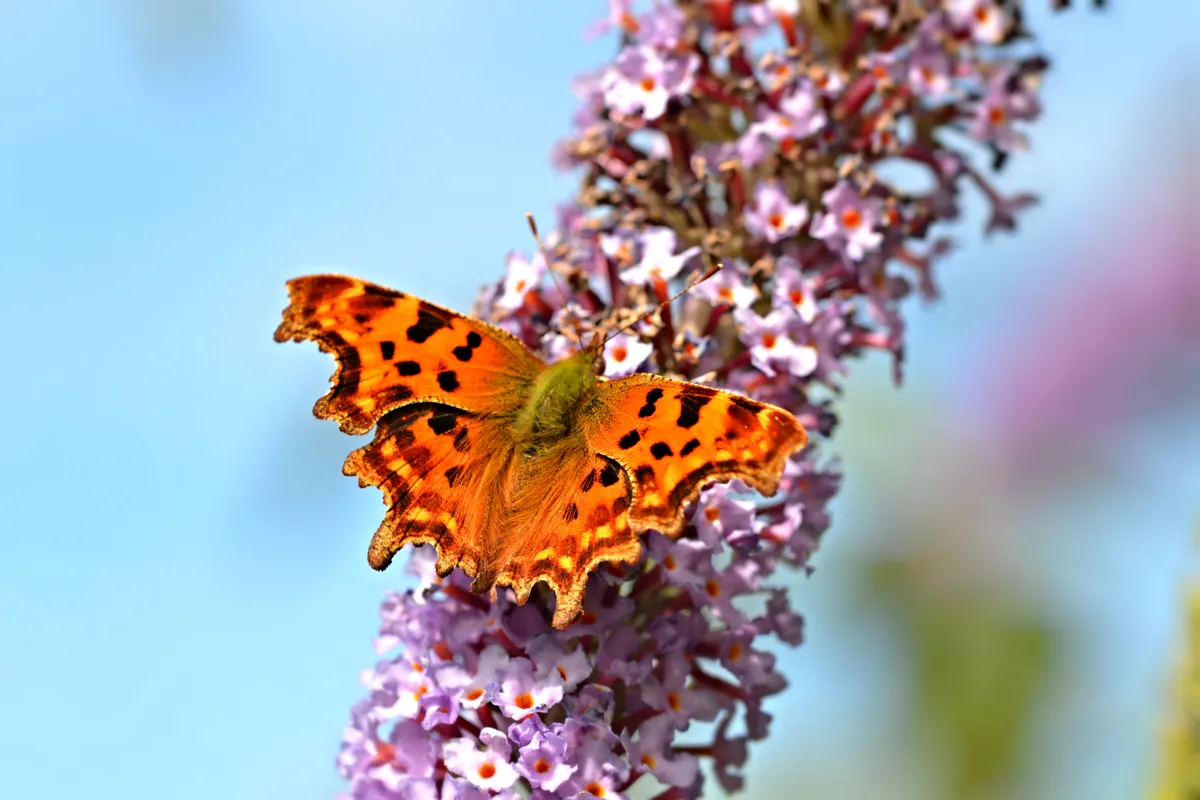
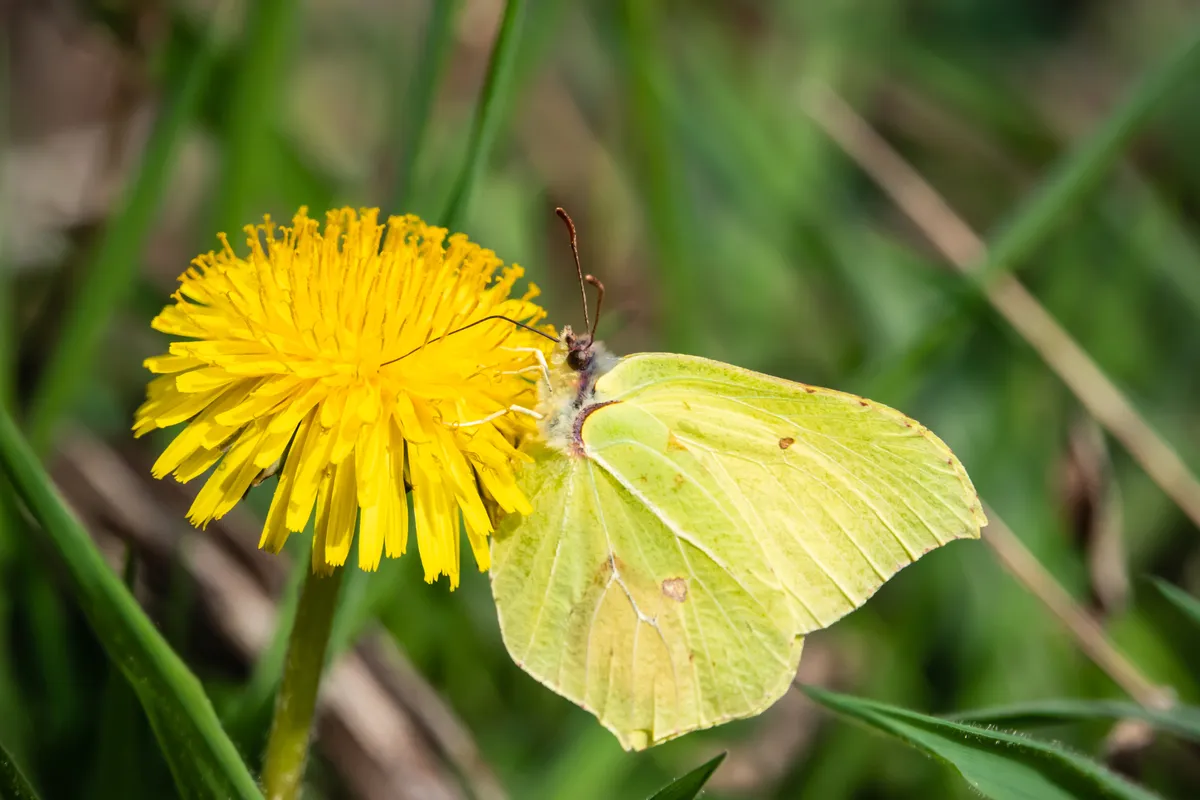
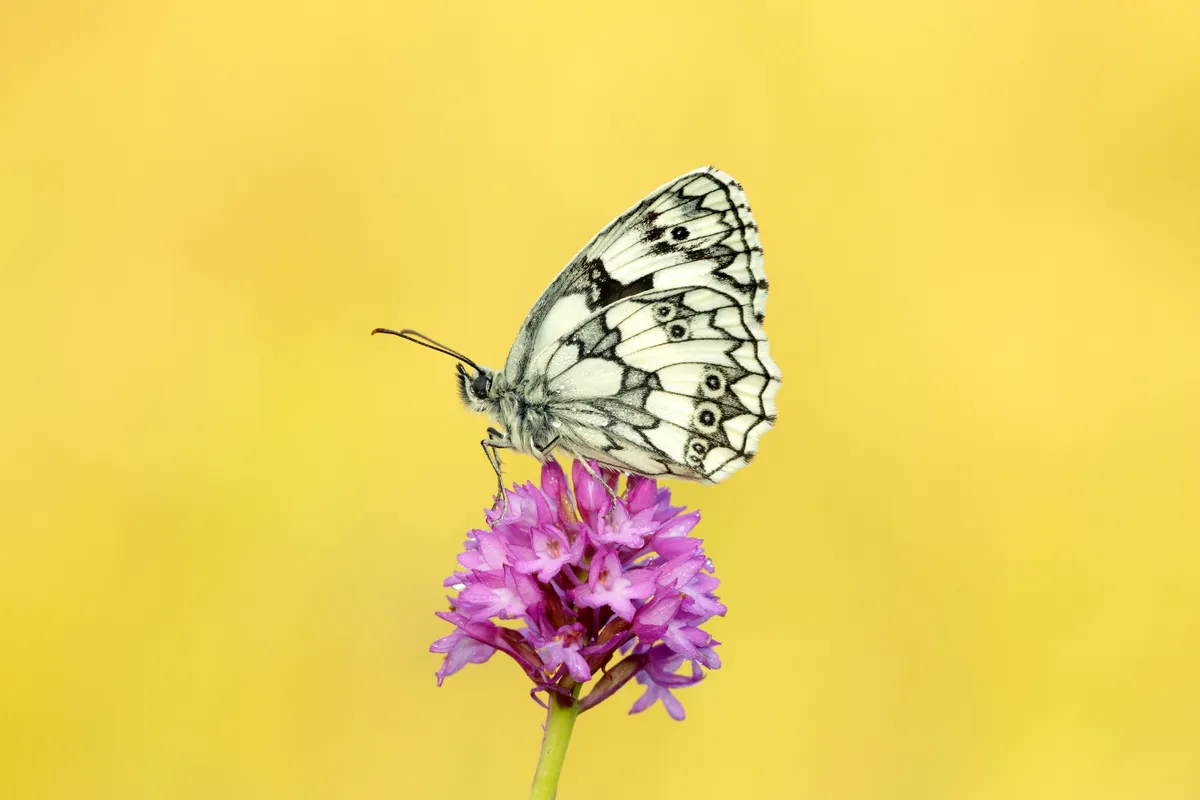
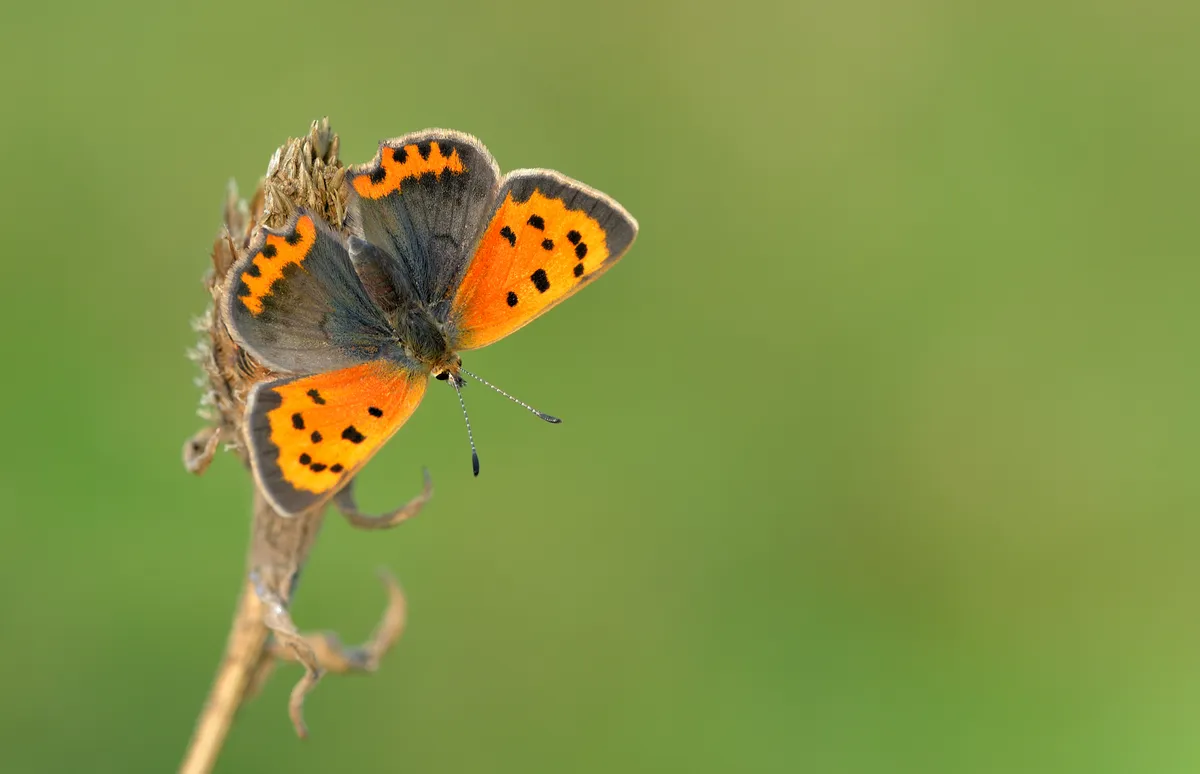
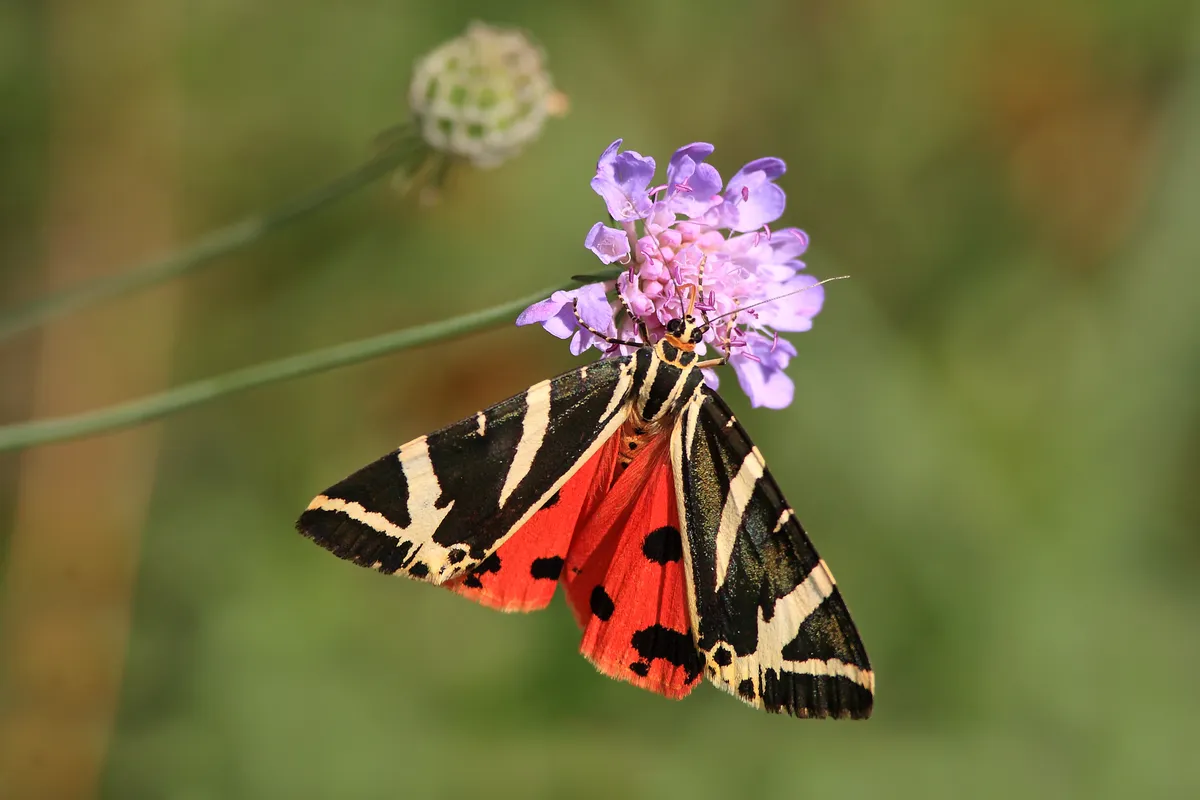
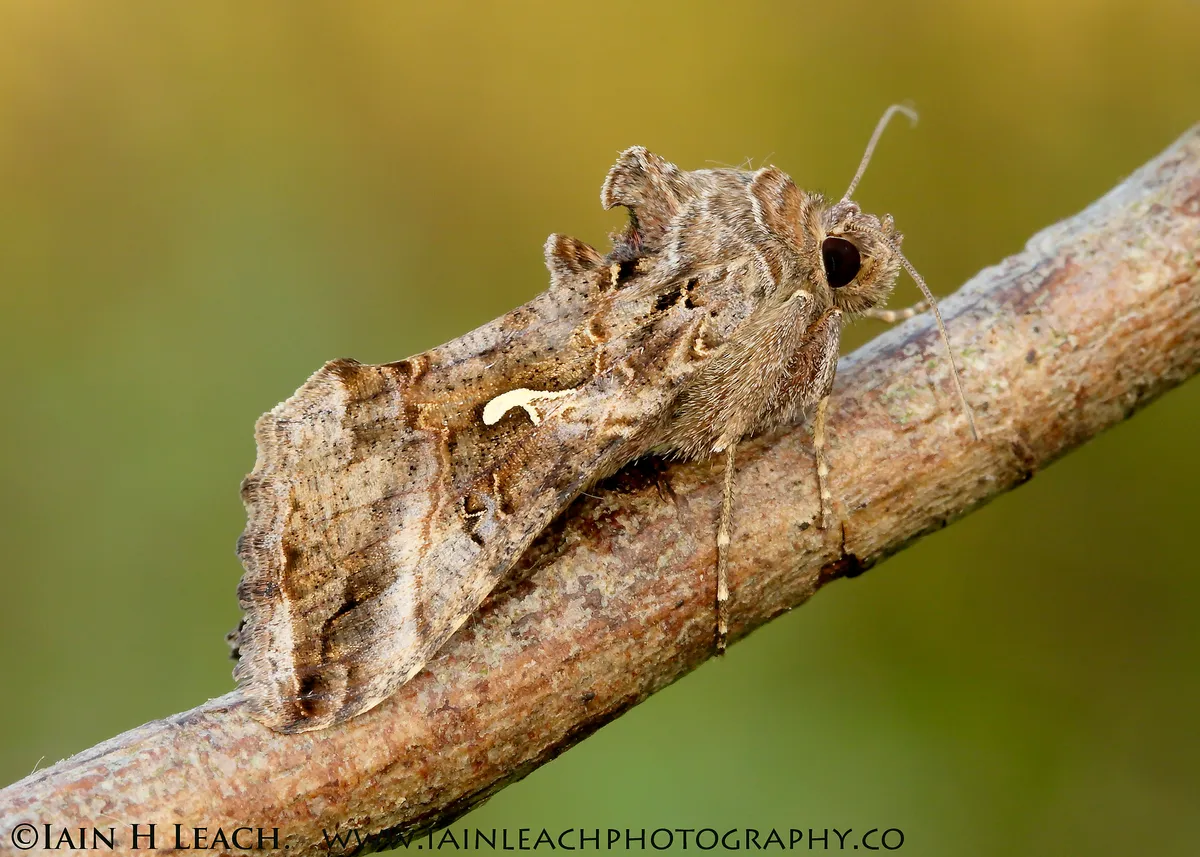
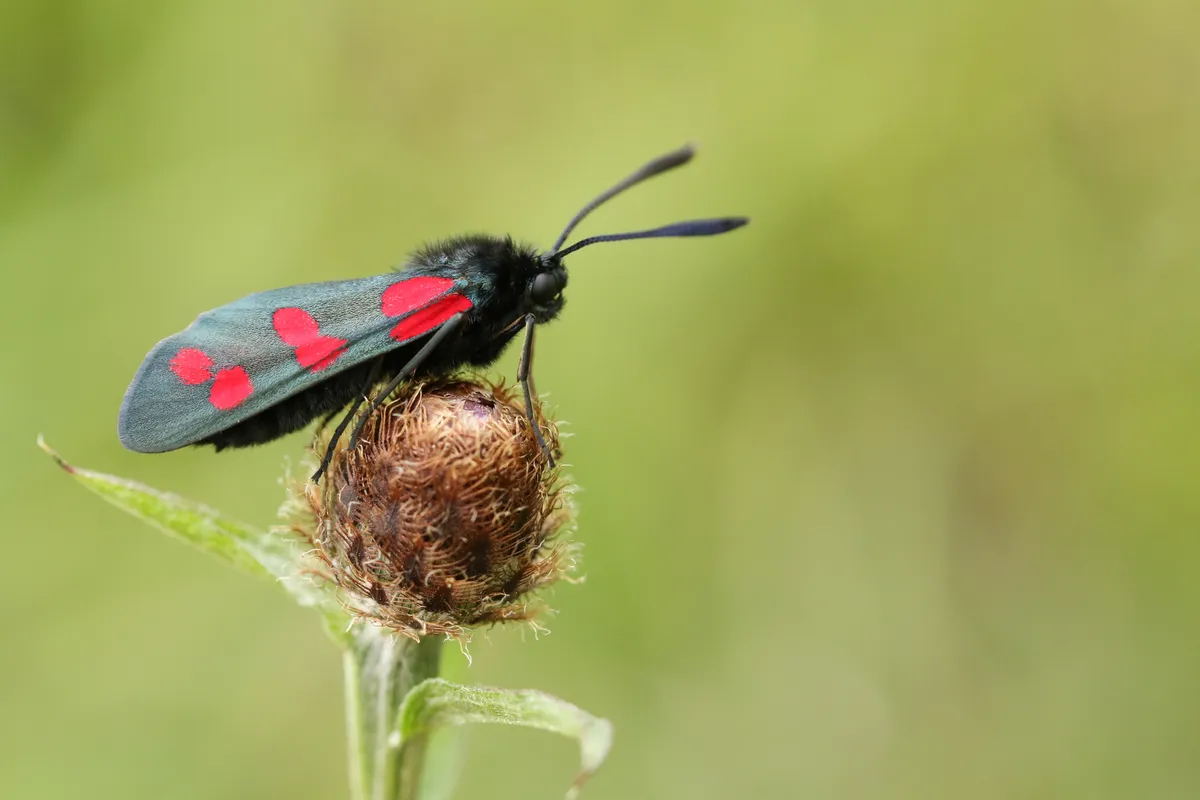
How to spot a butterfly
Butterfly Conservation's Dr Richard Fox shares his expert advice on how to see these lovely insects this summer.
- Watch the forecast as most butterflies fly only on sunny, calm days, or on overcast days over 20°C.
- Pick your site – flowery places with long grass are often good for butterflies; to see rarer species you need to go to the right habitats.
- Think like a butterfly – most seek warm, sheltered, south-facing spots.
- Pack binoculars for scanning the canopy, the tops of hedgerows and the middle of nettle and bramble patches.
- Move slowly, as butterflies have keen eyesight, and watch your shadow so that it doesn’t fall on them.
- Learn the plants on which the caterpillars and adults of each butterfly prefer to feed. Some species tend to stay close to their larval foodplants as adults.
- Plan ahead to see a particular species as different butterflies fly at different times of the year.
- Carry a field guide to help you identify the species you see.
- Take a photograph for reference (especially if you've seen something unusual) and confirm the sighting when you get home.
- Don't leave it too late to see a butterfly as sightings tail off in the late afternoon, even on warm, sunny days.
How to make a butterfly-friendly garden
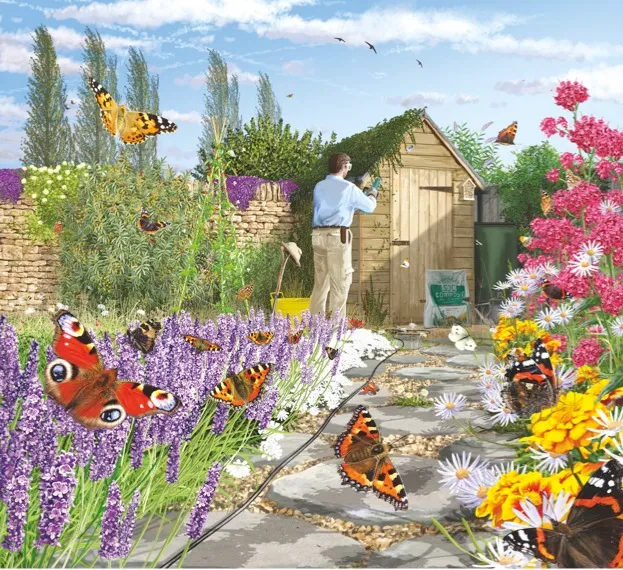
Water your plants
Plants that are well watered stay healthy and produce more nectar for hungry butterflies. Don’t use insecticides and pesticides. You can prolong flowering by deadheading flowers and mulching with organic compost.
Welcome wild corners
Many caterpillars and pupae hibernate on the ground and among dead foliage. Tall grass with wildflowers is ideal for gatekeepers; large, small and Essex skippers; and meadow browns.
Protect peatbogs
Avoid using peat-based compost. Peatbogs are home to a number of important species including the large heath butterfly, and you can easily buy alternatives that don’t compromise this important wildlife habitat.
Find more advice on how to make a butterfly-friendly garden
More advice on attracting butterflies, moths and other wildlife:
More citizen science projects:
There are a wide range of citizen science surveys and projects to take part in. If you've enjoyed the Big Butterfly Count, here are a few more that you may be interested in:
- Moth Night (date and theme changes each year)
- New Year Plant Hunt (1-4 January)
- Big Garden Birdwatch (last weekend of January)
- City Nature Challenge (late April and start of May)
